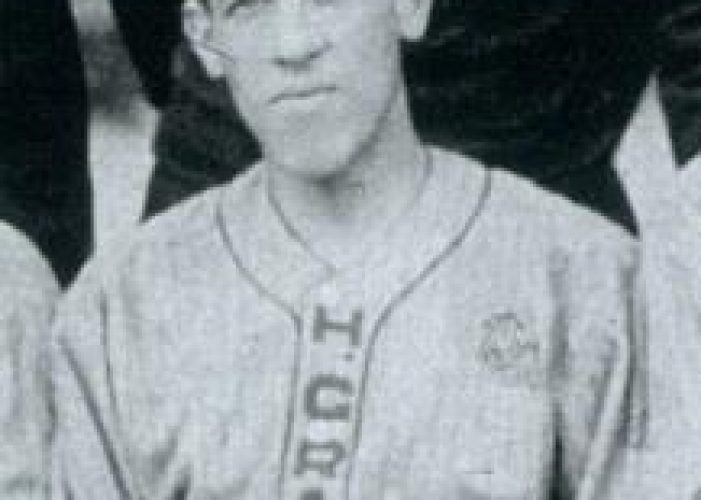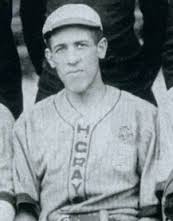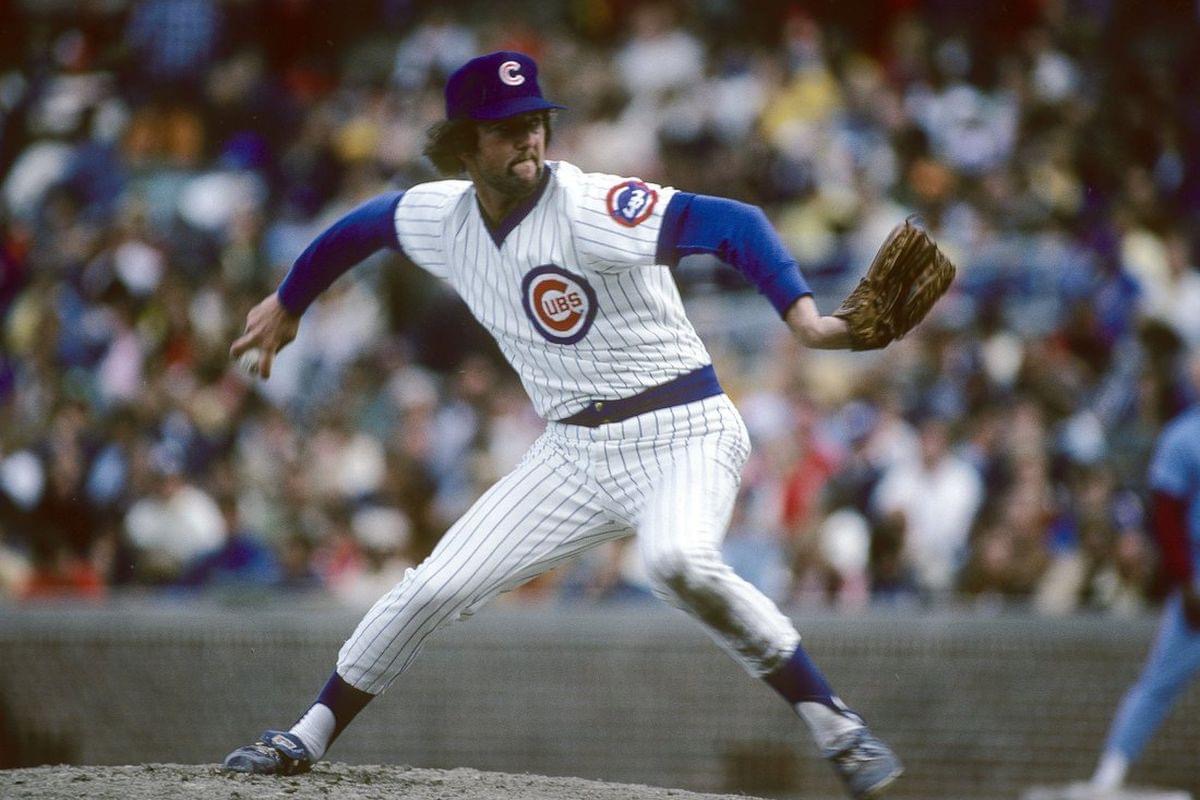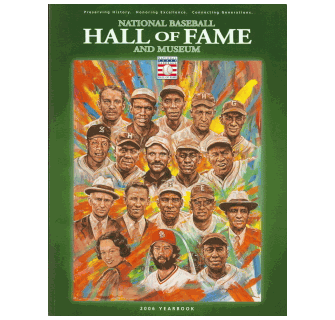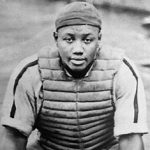Cum Posey Essentials
Position: Manager 5-9, 140lb (175cm, 63kg)
Born: June 20, 1890 in Homestead, PA
Died: March 28, 1946 (Aged 55-281d) in Pittsburgh, PA
High School: Homestead HS (Homestead, PA)
School: Duquesne University (Pittsburgh, PA)
Hall of Fame: Inducted as Pioneer/Executive in 2006. (Voted by Negro League Committee)
Full Name: Cumberland Willis Posey
Nine Players Who Debuted in 1911
Pete Alexander
George Burns
Jeff Pfeffer
Claude Hendrix
George Mogridge
Sherry Smith
Red Smith
Steve O’Neill
Fred Toney
All-Time Teammate Team
Coming Soon
Notable Events and Chronology
Cum Posey
Athlete,Manager,Owner,Visionary,Pioneer Cumberland Posey Jr. was born to Cumberland Willis and Anna Stevens Posey on the 20th of June, 1890 in Homestead, Pennsylvania. His parents served as positive examples for his achievements. His father; Cumberland, worked on the Ohio River as a riverboat engineer later becoming general manager of the Delta Coal Company while perusing real estate and banking interests also. His mother; Anna Stevens Posey, was the first black graduate of Ohio State University also to become a teacher at the institution. To profile the life and achievements of Cumberland Posey it would be neglectful not to share the appropriate attention to the fact that he was an all-around athlete. Posey played and managed semi-pro football prior to 1910 and was a star on several Pittsburgh area teams including the Delaney Rifles and the Collins Tigers. While at Homestead High School he blossomed into a bona fide basketball star, winning a city championship with the team in 1908, he would go on to attend Pennsylvania State College from 1909-1910 and the University of Pittsburgh in 1913. He also attended Holy Ghost College from 1915-1919 under the false name Charles W. Cumbert as well as passing as a white player. While there he would lead the team in scoring from 1916-1919 and be named captain of the golf team. Holy Ghost College would become known as Duquesne University where Posey is enshrined in the Duquesne Sports Hall of Fame recognized by his real name. Posey was considered the best African American player of his time and while he was a pro basketball star he formed and guided the famous Monticello Athletic Association team that won the Colored Basketball World’s Championship in 1912. In 1913 Posey changed the team name to Loendi Big Five. Loendi won the Colored Basketball World’s Championship four years in a row, from 1920 to 1923. He retired from basketball in the late 20’s to focus on baseball and a weekly column that ran in the Pittsburgh Courier, a prominent black weekly newspaper. The man that would evolve into who some have called the smartest and most successful man in Negro Baseball was a railway mail clerk in 1910, the year of the formation of the Homestead Grays. His playing days with the Grays were brief starting in 1911 as an outfielder and just as he had with his basketball team he transitioned from a player into a manager both on and off the field by 1916. Soon after Posey started handling the team, it became a full-time job. He booked all the leading teams around the Pittsburgh area and, with the Grays playing as an independent team, made a good profit every year from 1912 to 1929. By 1920 he owned the Grays. It was in this capacity that Posey reached his zenith and had the Grays at the top of the barnstorming baseball mound. With Posey at the head of the Grays the atmosphere within the clubhouse was one of strict professionalism. As an example players were allowed to play cards, however gambling on these games was explicitly forbidden. With talent equal to that of a Major League squad the Grays under the guidance and leadership of Posey emerged as a perennial dynasty in the Negro Leagues and played all comers. At one point the Grays played a four game series against major leaguers including Lefty Grove and defeated them three of four games. As other teams began play it was not uncommon for them to model themselves after the operation Posey ran. One such tool Posey employed was to bring in co-owners. The first time he did this was in 1922 when Charlie Walker was brought in so the players could be put on a regular salary and to secure a deal to play home games at Forbes Field. His player recruitment tactics were quit aggressive and he is known to have raided other squads of the best players. This style of recruiting would both bless and haunt the Grays. At one time or another they had over a dozen future members of the Negro League Hall of Fame in uniform. In the 1930’s the well-funded Pittsburgh Crawfords turned the tables on Posey and the Grays as several stars defected to join the Crawfords who had lured away the talent in much the same way that he had done to previous teams. To combat the ebb and flow that was a regular part of the Great Depression it became necessary again to bring on another co-owner. This time Posey turned to Rufus “Sonnyman” Jackson. The source of Jackson’s money was a numbers racket along with the piccolo business. Being the visionary that he was he and the Grays soon found themselves in the second Negro National League. The squad returned to former glory and rattled off nine straight pennants from 1937 to 1945. Posey would also become an officer in the Negro National League and had a strong voice in the dealings of the league for the rest of his career. Before and during his tenure as officer with the league he was often a harsh critic of the league in his weekly column that ran in the Pittsburgh Courier. During the throws of the Great Depression Posey blundered in his business prowess when trying to establish a new baseball league. The league was known as the East-West League and it folded in its first season. As an innovative owner Posey would take the game from the sun drenched fields into the cool artificially lit summer nights many years before the rest of baseball would consider the idea. Keeping a sharp eye out for talent he kept the Grays roster stocked with the top players allowing the team to remain elite into the twilight of the League. In 1945 Posey’s health began to fail him, for over a year his condition continued to deteriorate and for his final three weeks of life he was bedridden; just as his beloved league would follow, he passed away on the 28th of March, 1946 of lung cancer at Mercy Hospital in Pittsburgh, Pa. His hometown of Homestead declared a school holiday in his honor the day of his funeral. The Grays won the last league championship Posey was alive to witness and would also win the championship in the team’s and league’s final season of existence in 1948. Following the 1948 season the Negro National League folded with a few of the teams merged into the Negro American League. The legacy of Cumberland Posey and the Homestead Grays continue to live on as teams have worn replica uniforms in throwback games and with the induction of Posey in 2006 into the National Baseball Hall of Fame. Hall of Fame Bio https://youtu.be/dC85RF2bgTU
@ET-DC@eyJkeW5hbWljIjp0cnVlLCJjb250ZW50IjoicG9zdF90YWdzIiwic2V0dGluZ3MiOnsiYmVmb3JlIjoiTGVhcm4gTW9yZSBhYm91dCB0aGUgdGVhbXMsIHBsYXllcnMsIGJhbGwgcGFya3MgYW5kIGV2ZW50cyB0aGF0IGhhcHBlbmVkIG9uIHRoaXMgZGF0ZSBpbiBoaXN0b3J5IC0gLSAtIC0gLSAtIC0gIiwiYWZ0ZXIiOiIiLCJsaW5rX3RvX3Rlcm1fcGFnZSI6Im9uIiwic2VwYXJhdG9yIjoiIHwgIiwiY2F0ZWdvcnlfdHlwZSI6InBvc3RfdGFnIn19@
Factoids, Quotes, Milestones and Odd Facts
Coming soon
Other Resources & Links
Coming Soon
If you would like to add a link or add information for player pages, please contact us here.

